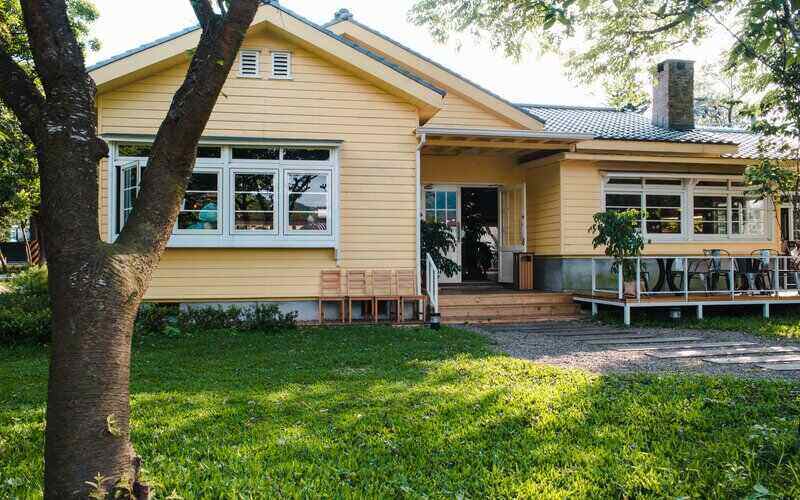CoreLogic data has revealed Australia's housing market surged back to a valuation of $10 trillion, bolstered by an unexpected price recovery since March and an increase in the number of homes to 11 million.
This is the first time national home values have hit double figures since early last year.
The estimated total value of Australia's housing market reached its peak at $10.07 trillion in April 2022 before dipping to $9.3 trillion in January.
However, it has since rebounded by 7.2%, equivalent to $672 billion, to reach $10 trillion in August 2023.
Around 11 million dwellings gaining $687 billion in value implies an average value gain of roughly $62,500 in six months; the median annual salary in Australia is $65,000.
The ABS' most recent data on the total value of dwellings is also set for release on Tuesday.
Breaking down the figures, New South Wales accounted for a significant 40.2% of the country's housing market, totalling $4.02 trillion.
Victoria held 26.1% of the overall value, equivalent to $2.61 trillion, while Queensland contributed 16.6%, amounting to $1.65 trillion.
CoreLogic Head of Research Eliza Owen said net overseas migration, constrained supply, and the use of savings was propelling housing values higher despite unfavourable growth conditions.
“Demand for housing is being pushed higher by a combination of returning overseas arrivals, and a drop-off in overseas departures,” Ms Owen said.
“Combined with a persistently low average number of people per dwelling across the capital cities, this is pushing the need for housing higher, and may be contributing to more competitiveness for properties on the market.
“Total listings volumes remain fairly low, even as new listings have started to increase in the lead up to the spring selling season.”
The upwards trend to the nation’s real estate value comes despite a cost of living crisis, low consumer sentiment levels, and four increases in the cash rate so far this year.
The six-month price upturn to house values has now offset about half of the 9.1% decline racked up during the recent April 2022 to February 2023 slump.
Home values are now just -4.6% from their peak in April last year.
| Monthly change | Annual change | Median value | |
| Sydney | 1.1% | 1.2% | $1,098,821 |
| Melbourne | 0.5% | -2.3% | $768,216 |
| Brisbane | 1.5% | -3% | $747,626 |
| Adelaide | 1.1% | 2.2% | $682,642 |
| Perth | 0.9% | 4.5% | $607,083 |
| Hobart | -0.1% | -10% | $657,487 |
| Darwin | 0.8% | -1.3% | $496,136 |
| Canberra | 0.3% | -5.9% | $830,875 |
| Combined capitals | 1% | -0.1% | $804,152 |
| Combined regionals | 0.1% | -4% | $588,851 |
| National | 0.8% | -1.1% | $732,886 |
Source: CoreLogic Home Value Index as at 31 August 2023
But whether this level of growth will continue remains uncertain.
“While there is a growing expectation that the RBA board is done hiking the cash rate, borrowing remains constrained by a relatively high serviceability buffer,” Ms Owen said.
“APRA data to June showed the weighted average home loan assessment rate was just below 9%, and ABS housing lending data shows mortgage lending has fallen for three of the past four months.
“Economic performance is also set to unwind, and while this is good news for the inflation and cash rate trajectory, a rise in unemployment may create a higher degree of risk for mortgage serviceability.”
According to the data, residential real estate is the number one source of wealth for Australians.
The value of residential real estate exceeded superannuation on $3.5 trillion and listed stocks on $2.9 trillion. The commercial real estate market comes in fourth, worth $1.3 trillion.
Image by wirestock via freepik

Ready, Set, Buy!
Learn everything you need to know about buying property – from choosing the right property and home loan, to the purchasing process, tips to save money and more!
With bonus Q&A sheet and Crossword!

